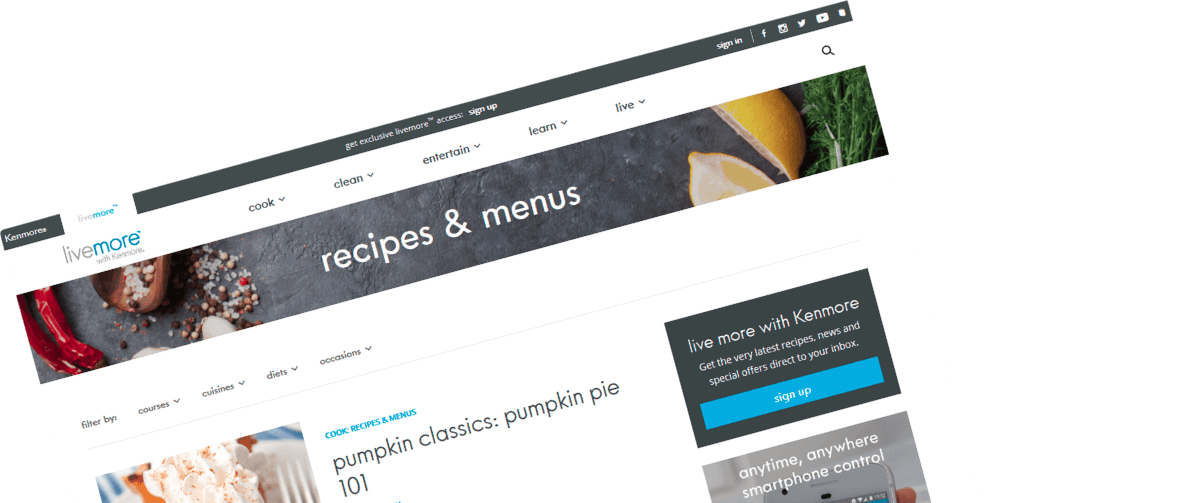Blog
Essential Maintenance Tips to Keep Your Home Comfortable Year-Round
Maintaining
a comfortable home environment requires ongoing attention to key systems and
areas of your living space. From ensuring optimal heating in the winter to
keeping cool during the summer, proactive care not only protects your property
but also ensures your family’s well-being.
By focusing
on a few essential maintenance tasks, you can enjoy consistent comfort
throughout the year, no matter the season.
Preparing
Your Heating System for Colder Months
As the
temperature drops, your heating system becomes one of the most critical
components of your home. Regular maintenance is essential to keep it running
efficiently. Start by scheduling a professional inspection to check for any
wear and tear. This step ensures the system is ready to handle the demands of
colder weather.
During the
inspection, address potential issues such as clogged filters or leaks in
ductwork. For homes that require a replacement or upgrade, professional heater installation services can ensure the new system
integrates seamlessly into your home. Always opt for energy-efficient models,
as these not only reduce energy costs but also contribute to a more sustainable
home.
Additionally,
furnace filters must be cleaned or replaced every one to three months to
maintain good air quality and prevent unnecessary strain on the system. Check
vents for blockages and ensure airflow is unobstructed. By taking these steps
before winter arrives, you can avoid costly breakdowns during the coldest
months.
Inspecting Electrical Systems
Your home’s electrical system should also be regularly inspected to ensure safety. Schedule an annual inspection by a certified Electrician to check for any issues or potential hazards.
In between inspections, make sure to replace any burnt out light bulbs and unplug appliances when not in use to conserve energy. Consider investing in smart home technology, such as motion sensor lights and programmable thermostats, to further optimize your electricity usage.
Electrical systems can also be a potential fire hazard, so it’s important to regularly check for any loose or frayed wires and address them immediately. And always remember to never overload your outlets with too many devices.
Caring
for Your Cooling System in Warmer Weather
As
temperatures rise, a well-maintained cooling system is vital for staying
comfortable indoors. Begin by cleaning your air conditioning unit and checking
for debris around the condenser. Dirty components can strain the system,
reducing its efficiency and lifespan.
An annual
tune-up by an HVAC professional can help identify and resolve potential
problems before they escalate. During the tune-up, ask the technician to
inspect the coolant levels, electrical connections, and thermostat calibration.
Ensuring that your system operates efficiently not only improves comfort but
also lowers your utility bills.
Homeowners
should also consider installing ceiling fans to complement their cooling
systems. Fans circulate air, reducing the workload on your AC and keeping
energy consumption in check. Remember to reverse the fan direction during
warmer months to create a cooling breeze.
Insulating
Your Home for Year-Round Comfort
Proper
insulation is a cornerstone of a comfortable home. It keeps warm air inside
during the winter and prevents heat from entering during the summer. Begin by
inspecting your attic, walls, and windows for gaps or cracks that allow air to
escape.
Use
weatherstripping or caulk to seal gaps around doors and windows. For older
homes, upgrading to double-pane or energy-efficient windows can significantly
improve insulation. Check the attic for sufficient insulation material, as this
area plays a major role in regulating indoor temperatures.
Window
treatments such as blackout curtains or thermal shades are another simple yet
effective way to enhance insulation. These treatments block unwanted heat
during summer and retain warmth in winter, providing a cost-effective solution
to year-round temperature regulation.
Maintaining
Plumbing for Seasonal Shifts
Seasonal
changes can take a toll on your plumbing system if not monitored carefully.
During colder months, pipes are at risk of freezing, which can lead to costly
repairs. To prevent this, insulate exposed pipes in areas such as basements,
crawl spaces, and garages.
Inspect
outdoor faucets and hoses, as leftover water can freeze and cause damage.
Disconnect and store hoses before the first frost, and shut off exterior water
supply lines if possible.
In warmer
months, monitor your plumbing for leaks or blockages, which can strain the
system. High water usage during summer puts additional pressure on your pipes,
so check fixtures and appliances for signs of wear. Simple measures like these
help prevent disruptions and ensure smooth water flow year-round.
Maintaining
the Roof and Gutters
Your roof
and gutters shield your home from the elements, making their upkeep essential
for comfort and safety. Regularly inspect your roof for damaged shingles,
leaks, or sagging areas, as these can allow moisture to seep in and compromise
your home’s structure.
Clean your
gutters at least twice a year to prevent clogs caused by leaves and debris.
Clogged gutters can lead to water pooling around your foundation, increasing
the risk of flooding or structural damage.
For
homeowners in areas prone to heavy snowfall or rain, consider installing gutter
guards or heating cables to prevent ice dams and improve drainage. Regular
maintenance ensures your roof and gutters can handle extreme weather conditions
without issue.
Managing
Indoor Air Quality
Indoor air
quality is vital for both comfort and health. Dust, allergens, and pollutants
can accumulate in your home, affecting air quality and triggering respiratory
issues. To combat this, clean your vents and ducts regularly to remove buildup.
Invest in a
high-quality air purifier to filter out airborne particles. This is
particularly helpful during allergy seasons or in homes with pets. Houseplants
can also improve air quality naturally by absorbing toxins and releasing
oxygen.
Ensure your home has adequate ventilation to prevent excess humidity, which can lead to mold growth. Use exhaust fans in kitchens and bathrooms to circulate air and reduce moisture levels.
Landscaping
and Outdoor Maintenance
Your home’s
exterior also plays a role in maintaining year-round comfort. Trim trees and
shrubs to prevent overgrowth, which can damage your home during storms. Proper
landscaping also ensures that air circulates freely around your home, improving
ventilation and energy efficiency.
Regularly
clean patios, walkways, and outdoor equipment to prevent wear caused by
seasonal changes. If your home has a pool, schedule routine cleaning and
maintenance to keep it in top condition during the warmer months.
During
winter, clear driveways and pathways of snow and ice to prevent accidents.
Using salt or sand on icy surfaces can improve safety while reducing the risk of damage to concrete.
Staying
Proactive with Seasonal Maintenance
The key to
a comfortable home is staying ahead of potential issues. Create a maintenance
schedule to address seasonal tasks systematically. This ensures that no area of
your home is neglected and reduces the likelihood of unexpected repairs.
For
instance, prioritize heating and plumbing checks in the fall while focusing on
cooling and outdoor maintenance in the spring. By dedicating time to these
tasks, you can enjoy a home that’s safe, efficient, and inviting year-round.
All in all, maintaining a comfortable home involves consistent attention to key systems and areas. Whether it’s ensuring efficient heating, maintaining insulation, or caring for plumbing and cooling systems, each step contributes to a more pleasant living environment. By staying proactive and addressing seasonal needs, you can enjoy a cozy home regardless of the weather.





Comments